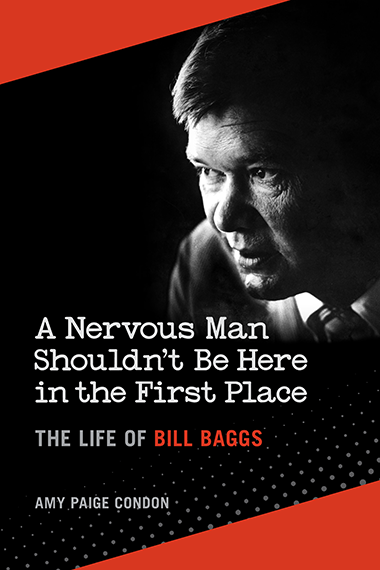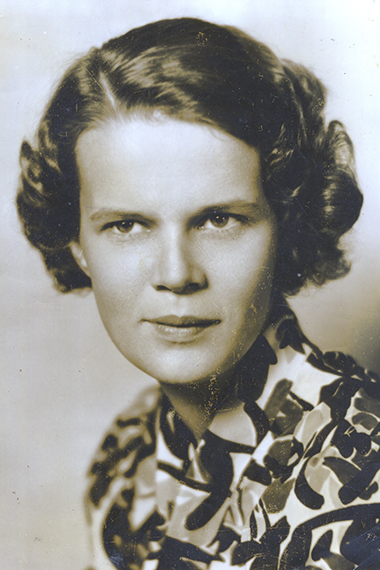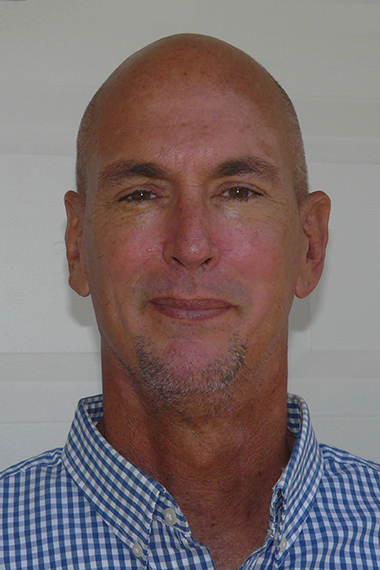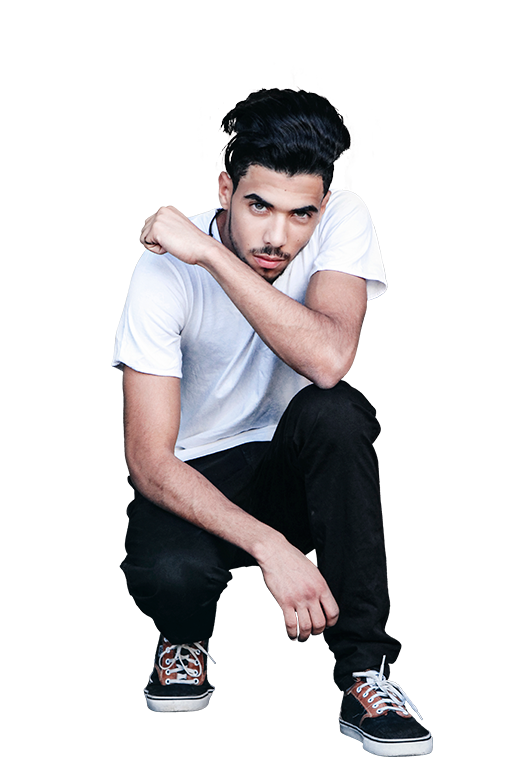This year’s 37th Miami Book Fair is in good company – along with such iconic institutions as the New York’s Metropolitan Opera, the Louvre and the Uffizi Galleries in Florence, the MBF goes on-line.
In deference to the pandemic and COVID-19, this year, from Nov. 15 to 22, Miami Dade College (MDC) will reimagine its iconic Miami Book Fair into an on-line virtual event.
"Transforming an event that has been exclusively in person for more than a generation has indeed been challenging, but the opportunity for growth through digital delivery of programs is also motivating for us," said Lissette Mendez, MBF’s programs director.
She notes that over its long history, the Fair has offered a diversity of subject matter, diversity of presenting authors and diversity of attendees.
"Though we will be online, we will still be the Miami Book Fair, and we look forward to gathering in person, once again, when the conditions allow," Mendez said. "Our mission is to engage the community through inclusive, accessible, programs that promote reading and support writers," Mendez said.

Amy Paige Condon (photo: Molly Hayden)
For South Floridians, there's plenty to keep their attention. While the weeklong celebration of books and writers will feature more than 200 authors and moderators including headliner Canadian poet, and novelist, Margaret Atwood ("The Handmaid’s Tale"), South Florida is in the spotlight with two books that chronicles the lives of influential Miamians.
Amy Paige Condon's “A Nervous Man Shouldn't Be Here in the First Place: The Life of Bill Baggs" and George Hurchalla’s “The Extraordinary Life of Jane Wood Reno: Miami’s Trailblazing Journalist” are both intriguing biographies of prominent Miami journalists.
Texas resident George Hurchalla, sets down the life of his grandmother in the biography, "The Extraordinary Life of Jane Wood Reno: Miami’s Trailblazing Journalist," one of the most groundbreaking and colorful American women of the 20th century.
Reno started her journalism career as a young woman hired by the Miami News during the Depression. Assigned to the "women’s section," Reno worked there for a few years before quitting to become a social worker.
After the 1935 hurricane, she returned to the University of Miami and earned a degree in physics. Her plans to do graduate work at Columbia in 1937 were halted when she met her husband, Henry, a long-time crime reporter for the Miami Herald, and the two married and eventually had four children.
She returned to journalism in the 1940s as a freelancer for the Miami Daily News and began writing under male pen names: Dick Reynolds, Hal Hand and Richard Wallace, bylines she used to be taken more seriously. A woman writer would never command respect at the time.
In 1955, under her own byline, she won a national award for exposing the sale of black-market babies by posing as a wealthy baby buyer.
Hurchalla found a trove of 34 old letters in the attic of Reno’s Miami home, including letters home from time she spent in Greece in 1931 and a clipping from the UMiami newspaper, dated 1937.

"She was a bold, independent, intelligent woman doing things women weren’t doing in that era," says Hurchalla, who was 26 when Reno died. "She took a ship to Istanbul for a week in 1931, lived on the Left Bank of Paris for a week and visited Rome and Capri in her early 20s."
Hurchalla was surprised to see firsthand what a titan of investigative journalist Reno was, especially for her time.
He says, "There were a number of series that could have won Pulitzer Prizes, but the paper and her editor, Howard Smith, never nominated her, most likely because she was a woman."
She interviewed Tennessee Williams and Amelia Earhart, a month before Earhart disappeared over the Pacific, making her one of the last reporters to ever interview the aviatrix, according to Hurchalla.
But it was her 104-mile solo beach walk along the Florida coast in 1965 as a 52-year old grandmother that inspires Hurchalla most.
Hurchalla, who has lived an adventurous life in the spirit of this grandmother, traveling to revolutionary Nicaragua and living in southern Mexico for a decade, says, "Her account of this walk and the time she spent in nature is one of the greatest bits of wisdom I have lived by in my life."
Also enchanted with the story of a Miami journalist is former Miami resident, Amy Paige Condon.
A veteran of the Miami Book Fair, Condon would delay her Thanksgiving visits home to Texas so she could attend the Fair, where she met the likes of Pete Hamill, Scott Turow and Hillary Clinton.
Condon was new to Miami, a former journalist training to be a county manager and in her first week on the job when she was introduced to the Bill Baggs State Park near Key Biscayne.

Jane Wood, circa early 1930s
She wondered, “Who is William Calhoun Baggs and why does he have a park named after him?” When she learned he was the former editor of The Miami News, it stuck in her mind.
A self-proclaimed "journalism nerd," Condon was intrigued and wanted to learn more.
After reading his obituary, she thought, "somebody should write a book about him," but had no plans to be that "someone" until fate intervened.
In 2007, Condon, still with the parks department, enrolled in a creative writing night class at Miami Dade College and a fellow student turned out to be Baggs' widow, Frec.
“After hearing Frec’s stories about her husband and becoming more intrigued, I felt I had to tell this story,” Condon says. “I was compelled.”
Condon researched her subject, and like Hurchalla, digging through the attic of Reno’s old home, sifted through 30 boxes of his papers at the University of Miami and decided that to do her subject justice, she would go back to school and earn a master’s degree in writing.
Then living in Savannah, Ga., in 2017, Condon quit her job as editor of the Savannah Magazine to focus full-time on her writing. All-in-all, Condon spent approximately 12 to 13 years researching and writing the biography, she says.
Baggs, a southerner from Georgia, was ahead of his time in many social arenas, including environmentalism, race relations, limiting over-development and the quest to end the Vietnam War. As editor of the city’s afternoon paper, "Baggs used his daily column as a bully pulpit for social justice and wielded his pen like a scalpel to reveal the truth."
As an early environmentalist, in 1965 Baggs wrote about Cape Florida State Park, "Of course, the people need roads and they need some place to work and live. But the people also need parks, room to run or recline, to listen to the soft drawl of the sea, a place to dock a small boat, or simply a quiet place to walk."
Under his leadership, the Miami News earned three Pulitzer Prizes.
"I saw the epic sweep of his life," says Condon. “It was almost Shakespearean. At the end of his life, (he died at 45 from pneumonia), he was so concerned about the Vietnam War, he traveled to North Vietnam twice, in 1967 and again in 1968 and was the last American journalist to interview Ho Chi Minh, which became the basis for the Paris peace talks in 1968.”
"He believed that what we were being told was completely false," says Condon. “He believed too many lives had been lost and didn’t believe in a military solution. He was one of the first journalists to write about this, despite being labeled a traitor and communist.”
Baggs, along with the Rev. Theodore Gibson, head of the local Miami chapter of the NAACP, desegregated Burdines and Jordan Marsh, broke the Cuban Missile Crisis story in the Miami News and helped get Martin Luther King released from a jail after he was arrested in Oct. 1960 during a sit-in at Rich's Department Store in Atlanta.

George Hurchalla, sets down the life of his grandmother in the biography, "The Extraordinary Life of Jane Wood Reno: Miami's Trailblazing Journalist."
Baggs advised the Kennedys, who ultimately intervened to secure King's release, according to Condon.
“Gibson and Baggs found hope in each other and made a pact that they would not leave Miami and they would work to make it a better place,” says Condon.
Why did Condon want to tell this story?
“For many reasons,” she says. “Miami is still a young city, yet what happens in Miami is a harbinger of what the rest of nation will face. Bill Baggs understood that. One of his biggest contributions to the City of Miami at the time was to help it navigate the issue of civil rights.”
“He was a proponent of housing equality and school desegregation, a stance for which he received death threats,” Condon says.
“So much of what Bill Baggs was talking about 30 years ago, is still topic of conversation today,” says Condon. “How could I not be enchanted by this story?”
Other Florida writers in the Miami Book Fair include James A. Kushlan, ("Seeking the American Tropics: South Florida's Early Naturalists”), John Gregersen, (“Yamato Colony: The Pioneers Who Brought Japan to Florida”), Les Standiford (“Miami Noir: The Classics”) and Rick Kilby (“Florida's Healing Waters: Gilded Age Mineral Springs, Seaside Resorts, and Health Spas”).
Margaret Atwood on "Dearly New Pomes" kicks off the fair Sunday, Nov. 15 at 5 p.m.
For more information or to become a Friend of the Fair, a fundraising membership program, please visit miamibookfair.com or email [email protected].
Follow the Miami Book Fair on social media @miamibookfair.
#MiamiBookFair2020 #MBF2020 #MiamiBookFairOnline
 MAIN MENU
MAIN MENU

